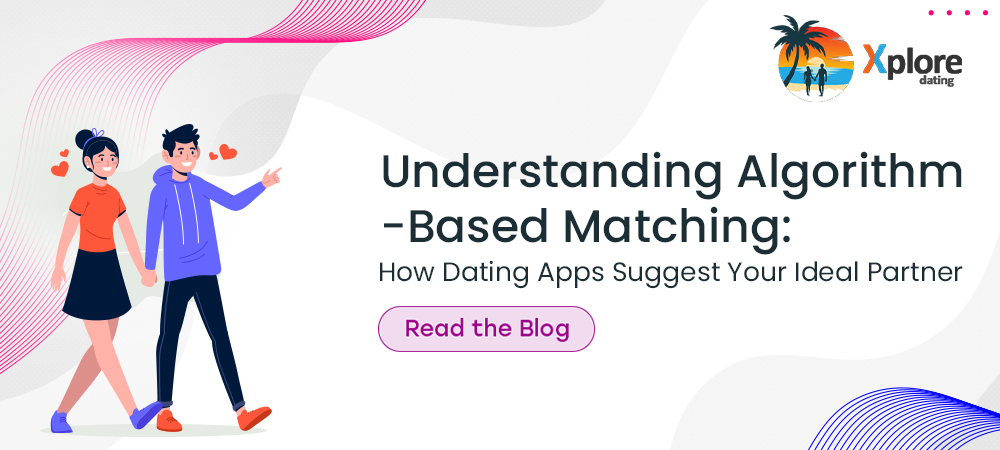You might be wondering how these dating apps work. And how the dating app algorithm decides whom to pair you with. Undoubtedly these apps predict romantic attraction. Like other algorithms, the dating app algorithm also tells your app the rules for decision-making.
It is a collection of instructions that the software uses to locate and sort prospective matches based on factors such as user surveys or behavior. If a user prefers profiles of outdoorsy extroverts with academic occupations, the algorithm is the mathematical formula that the app employs to detect the trend and rank comparable profiles.
The way your dating app connects people will significantly impact the user experience and the app’s success. There is a lot to consider when developing the algorithm, and this blog provides the answers to those considerations.
How Does Algorithm-Based Matching Works
Data science is used in algorithm-based matching in dating apps to pair users according to their compatibility. Below is how it functions:
Data Collection: These apps collect information from users such as age, gender, location, interests, relationship goals, and preferences. One of the top dating apps, Xplore Dating includes additional filters such as common hobbies, lifestyle preferences, and even communication styles to boost compatibility.
Behavioral Analysis: Apps track user activity—whom you swipe right on, how long you spend in discussions, and whose profiles pique your interest—to create a personalized profile of what you might seek in a companion.
Matching algorithms: For example, if two users frequently interact with similar types of profiles or express interest in the same activities, the app may recommend them to one another.
Machine Learning: Dating algorithms continuously modify their recommendations based on your behavior and interests over time.
Why Algorithm-Based Matching Matters
For singles navigating the dating world, algorithm-based matching brings several advantages:
- Efficiency: To find potential partners, the algorithms can seamlessly narrow the matches according to a user’s choice, saving more time in building connections.
- Increased Compatibility: As we discussed, matches are basically based on the user behavior patterns. Users will be more connected to those with whom they share mutual interests and goals.
- Personalization: For example, dating apps like Xplore continually learn from user interactions to offer increasingly tailored matches. So, when you use the app more, you will get more accurate and personalized matches.
The Future of Dating Algorithms
To what extent, do dating apps go? A few possibilities:
- Adding more variables through integrations, like genetic testing or biometric data from wearables.
- Accounting for a wide range of sexualities, genders, and relationship models.
- Relying on augmented reality for more authentic virtual dating experiences.
- Mitigating biases through algorithmic audits and oversight.
- Giving users the ability to customize and control how algorithms represent them.
It’s clear that dating algorithms will keep evolving. More importantly, the connection highly depends on human nuance. Friends who truly know and “get” you may be the most effective matchmakers.
Wrapping Up
In the digital age, algorithm-based matching is revolutionizing how individuals connect and develop relationships. Dating applications can now more accurately recommend appropriate matches by examining your interests and behavior. At the vanguard of this shift are apps such as Xplore Dating, Tinder, Bumble, and Hinge, which assist users in finding love through human connection and data-driven insights. The methods of connecting with people will change along with the technology underlying dating applications, resulting in more meaningful and long-lasting partnerships. Download Dating App Now



